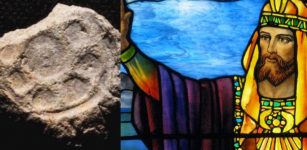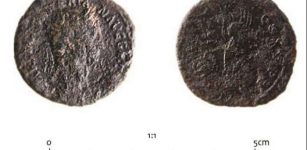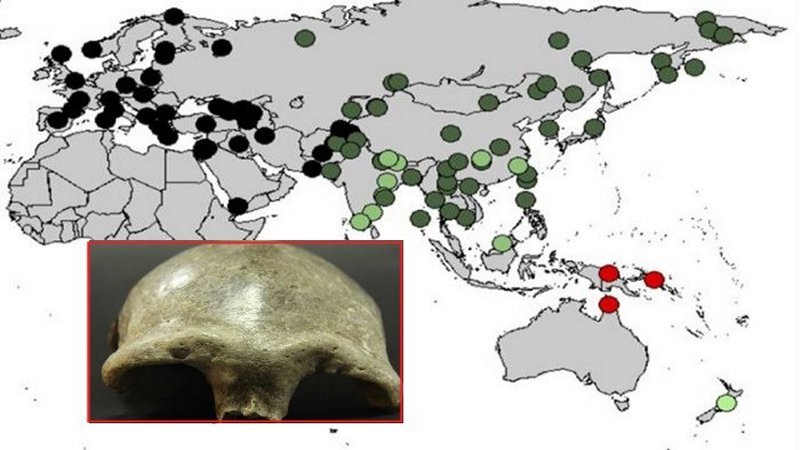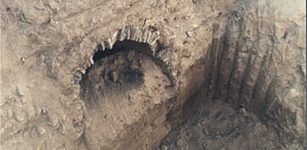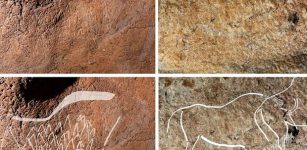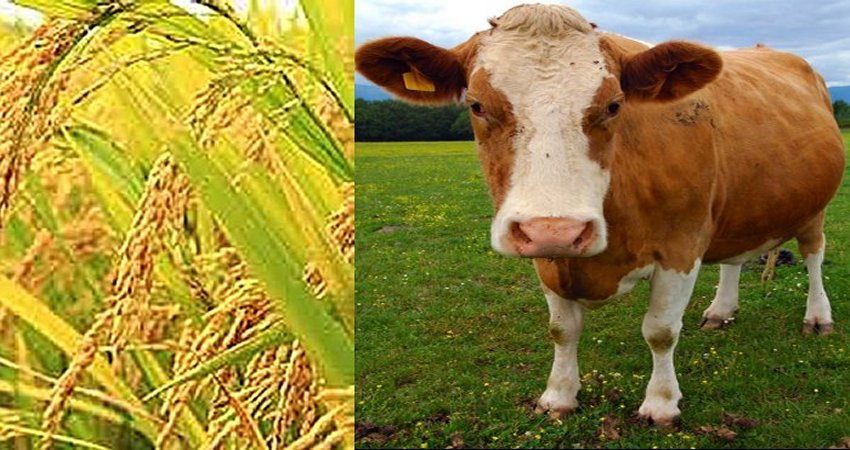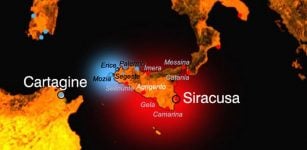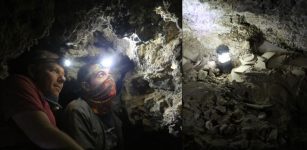Unveiling The Enigma Of Peru’s Mochica Culture
MessageToEagle.com – Impressive ruins tell of the Mochica (The Moche civilization), perhaps the most accomplished artists and metalworkers of any Andean civilization.
In the Mochica ancient tombs there have been discovered remains of two different races: skeletons belonging to what we would called a white race, and also Indian ones.
Moreover, there have been found a large number of pottery – the Moche, like the Inca, had no writing system, they did paint their history in ceramic form.
German Gerdt Kutscher, a well-known authority on Mochica art said that:
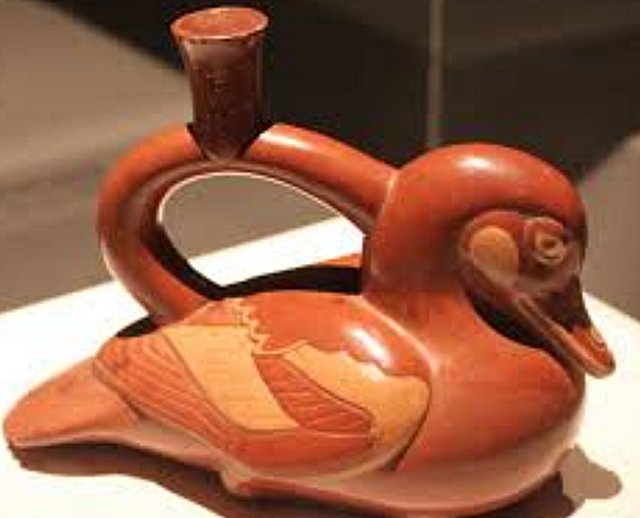
Nothing seems to habe neen too high for their skills or too unimportant to be depicted by them. Animals and fruit, hunters and warriors, musicians and dancers, princes and sick people, not to speak of weird demons and gaunt spirits of the dead – all these are rendered on Mochica pottery with fascinating effect.’
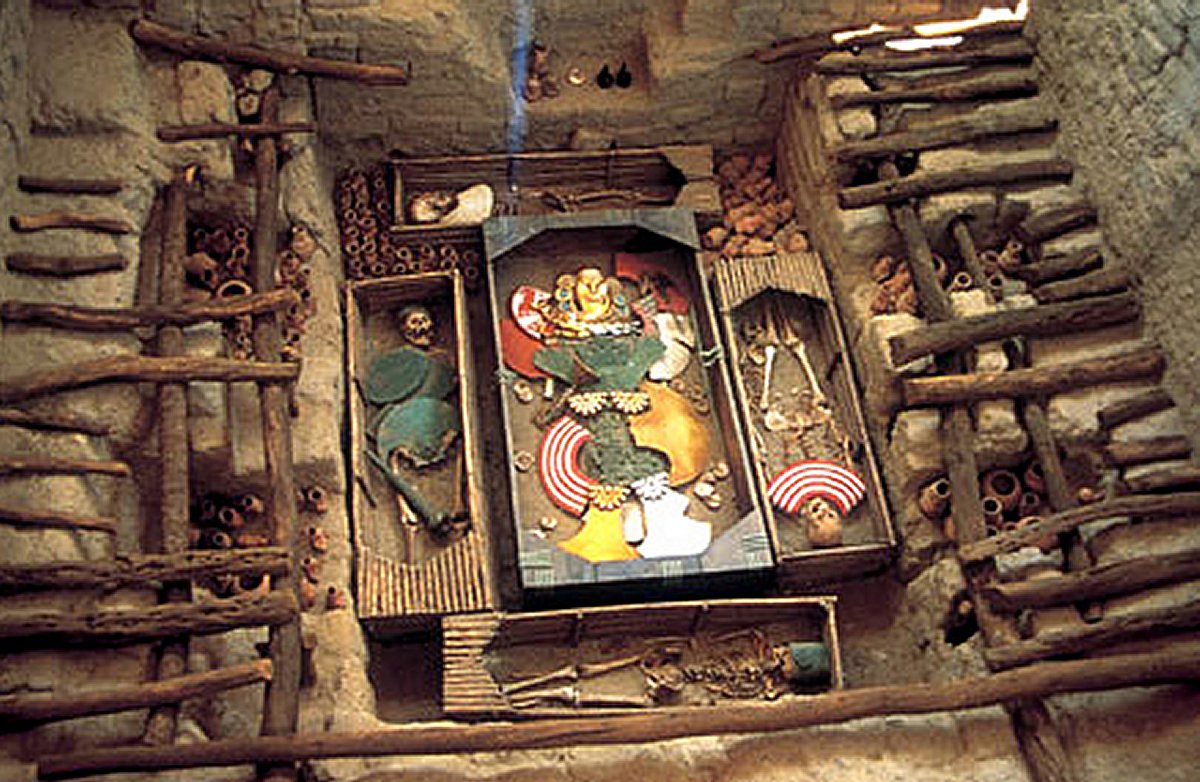
Also known as Early Chimu, Pre-Chimu, or Proto-Chimu, the Mochica – one of ancient Peru’s most complex and developed cultures – flourished along the northern coast and valleys of ancient Peru, in particular, in the Chicama and Trujillo Valleys, from 100 AD to 800 AD.
Now, a team of Peruvian archaeologists led by Walter Alva, who discovered the famous Lord of Sipan, the Mochica ruler’s tomb, will try to reveal more secrets of the Mochica people.
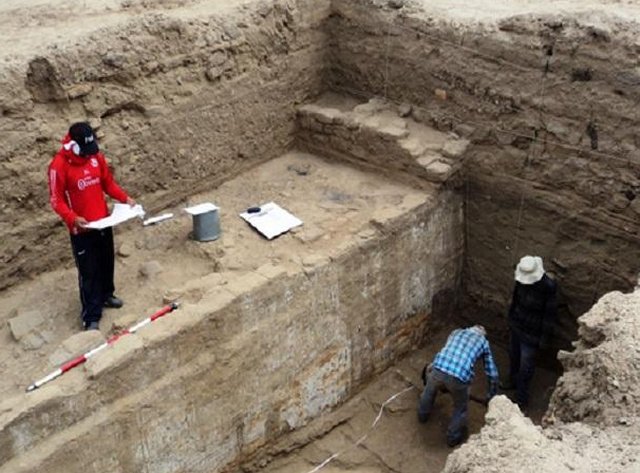
Efe informs that archaeologists found a temple decorated with about 30 drawings and graffiti with different representations in recent weeks in the area known as Mata Indio, between the Zaña and Cayalti districts, in the northern region of Lamayeque.
In 1987, a tomb was discovered in Huaca Rajada, a Moche tomb site that lies near the city of Sipan, in southwestern Peru. It’s discovery laregly came about because of the locals in the area being in possession of several high quality Moche artifacts.
“This is part of the research into the origins of the Mochica culture, considered one of the most important archaeological discoveries on the northern coast of Peru, like the Lord of Sipan,” Alva said.
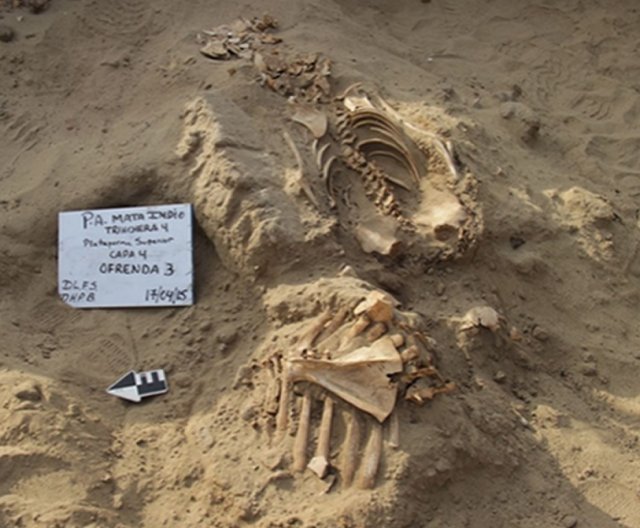
Archaeologists will study the Mochica’s legacy and ‘not just the great monuments, which belong to the Classic phase of the culture, Alva said, but also smaller ruins in marginal valley areas that could indicate which were the first temples and palaces.
“We have found signs of a structure painted in white and yellow that was later modified since it has been affected by the El Niño climate phenomenon,” Alva told Efe news agency. “All the data we are gathering are very important to understanding what was happening on the northern coast of Peru some 1,700 to 1,800 years ago.”
Archaeologist Edgar Bracamonte, who oversees field work in the area, told Efe the site belonged to a sequence of human occupations from all the cultures in the Zaña Valley.
The oldest traces, Bracamonte said, are from around 1500 BC and the most recent belong to the Inca culture around the year 1400.
“At the site, artifacts and items have been recovered, and the most important belong to the Mochica culture,” Bracamonte said.
“We have found an early temple, painted white and yellow, with some graffiti of ideological and functional appearance.”
Bracamonte described the excavation’s location as “an extensive site” occupying 2,500 hectares (6,700 acres), where researchers have also found stone buildings and canals, a cemetery and two mounds, with the largest yielding a temple.
MessageToEagle.com

